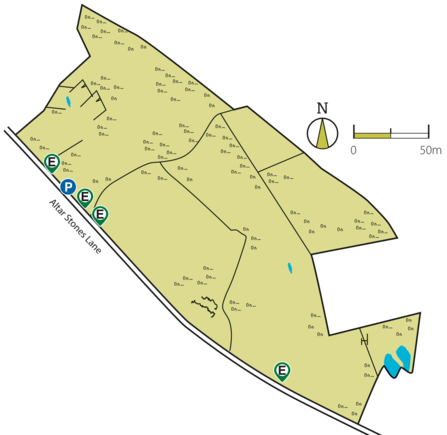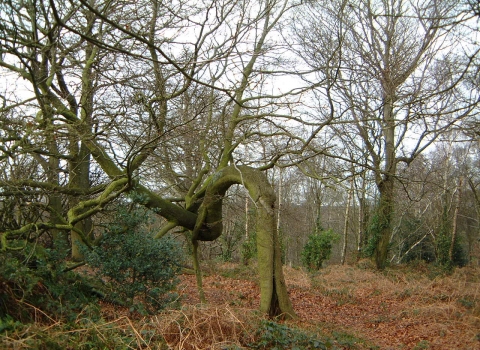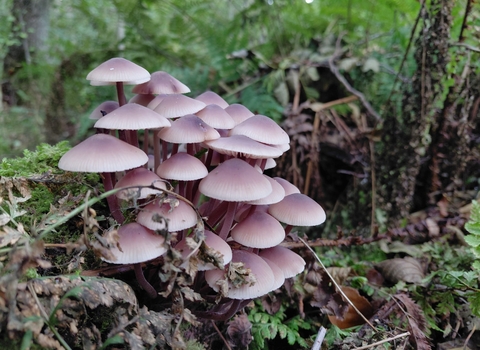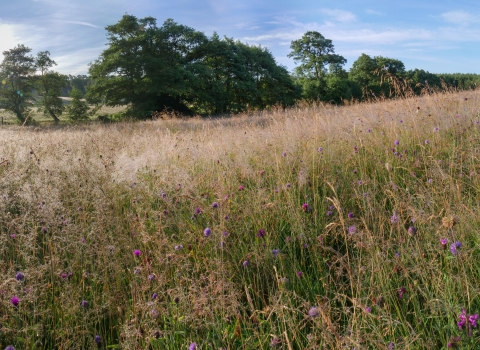Location
Know before you go
Dogs
When to visit
Opening times
Always openBest time to visit
SummerAbout the reserve
This reserve is perfect for a casual stroll to enjoy breath-taking views over Leicestershire. Enjoy the gentle buzz of insects and watch butterflies dancing in the heath-grassland, with rocky outcrops and drystone walls providing cover and shelter for a variety of insects, lichens and mosses. Climb to the top of the hill, and you’ll see the remains of the foundations of an old mill; the little building in the north west corner is the old miller’s store. Steeped in geology and history, the large outcrops are between 600 and 700 million years old, composed of Precambian volcanic ash, tuffs and slump breccias.
The breakdown of these rocks creates the perfect conditions for heath-grassland that was once typical in Charnwood Forest, and the grasses, herbs and lichens that thrive here are diverse, varied and, in some cases, very rare in Leicestershire. Please tread carefully in this special place and don’t climb on the rocks.
We are working in this special place to restore the drystone walls, control the scrub and maintain the heath-grassland for a variety of plant species, including mat-grass, bilberry, heath bedstraw and tormentil. You can help us preserve this little slice of wild history by volunteering with us or joining as a member.




